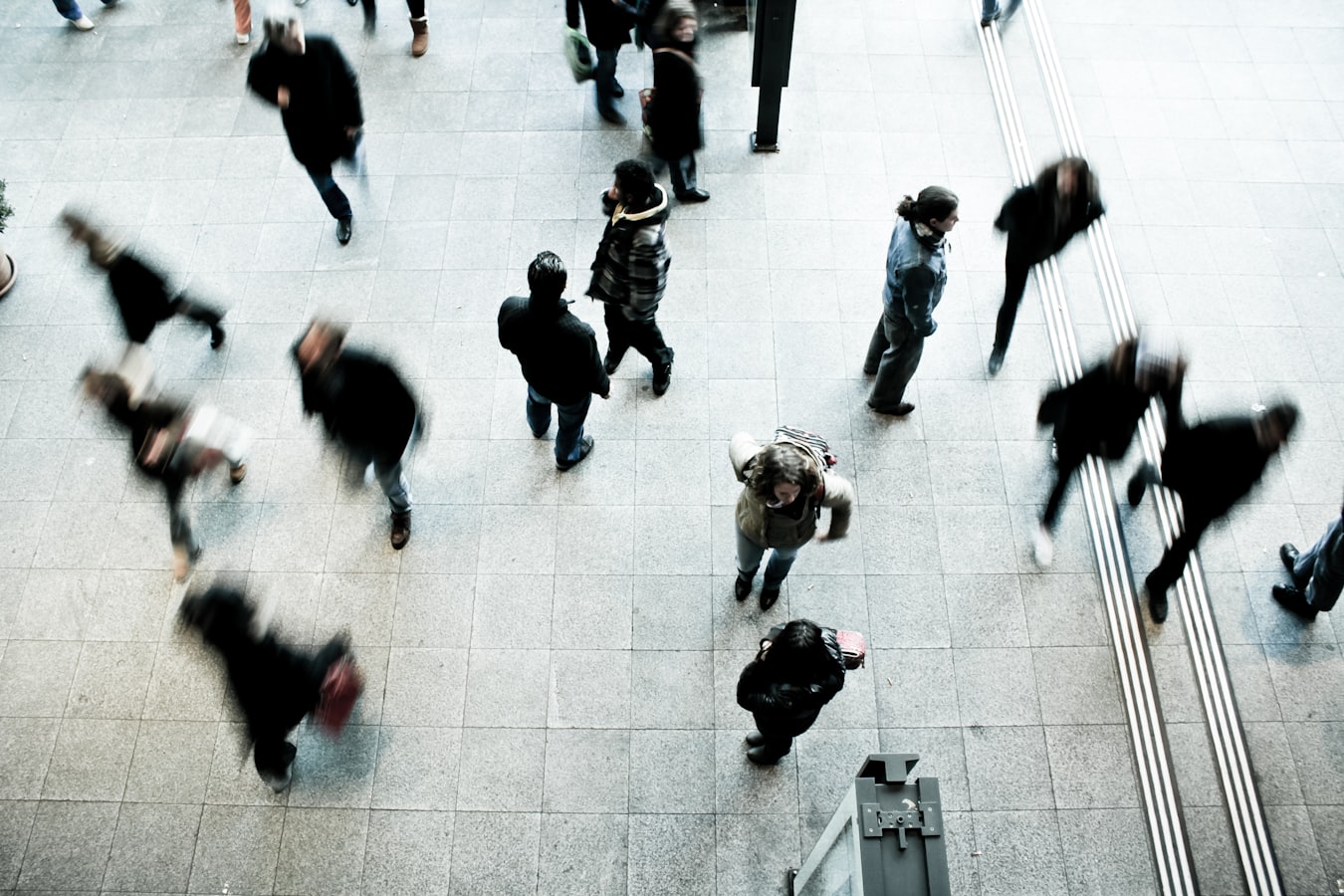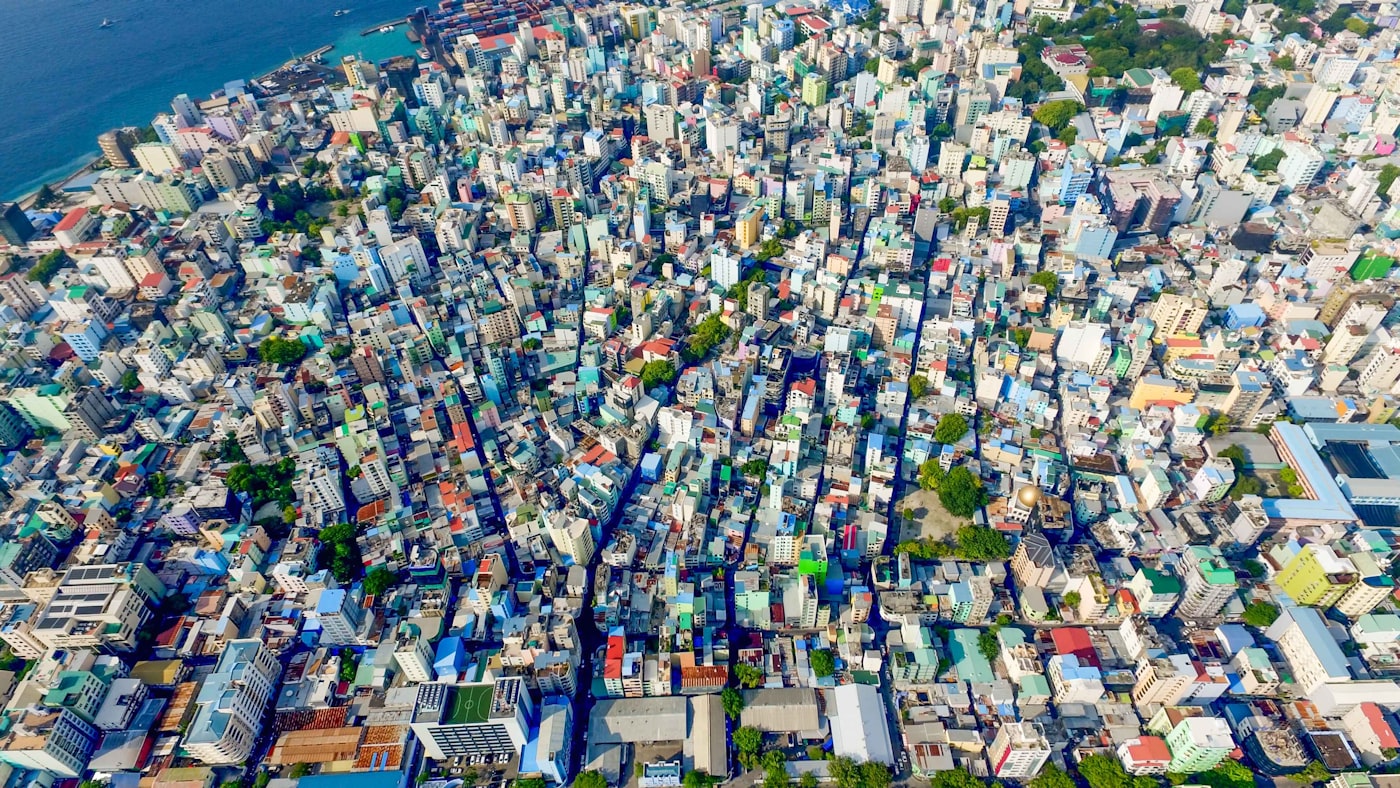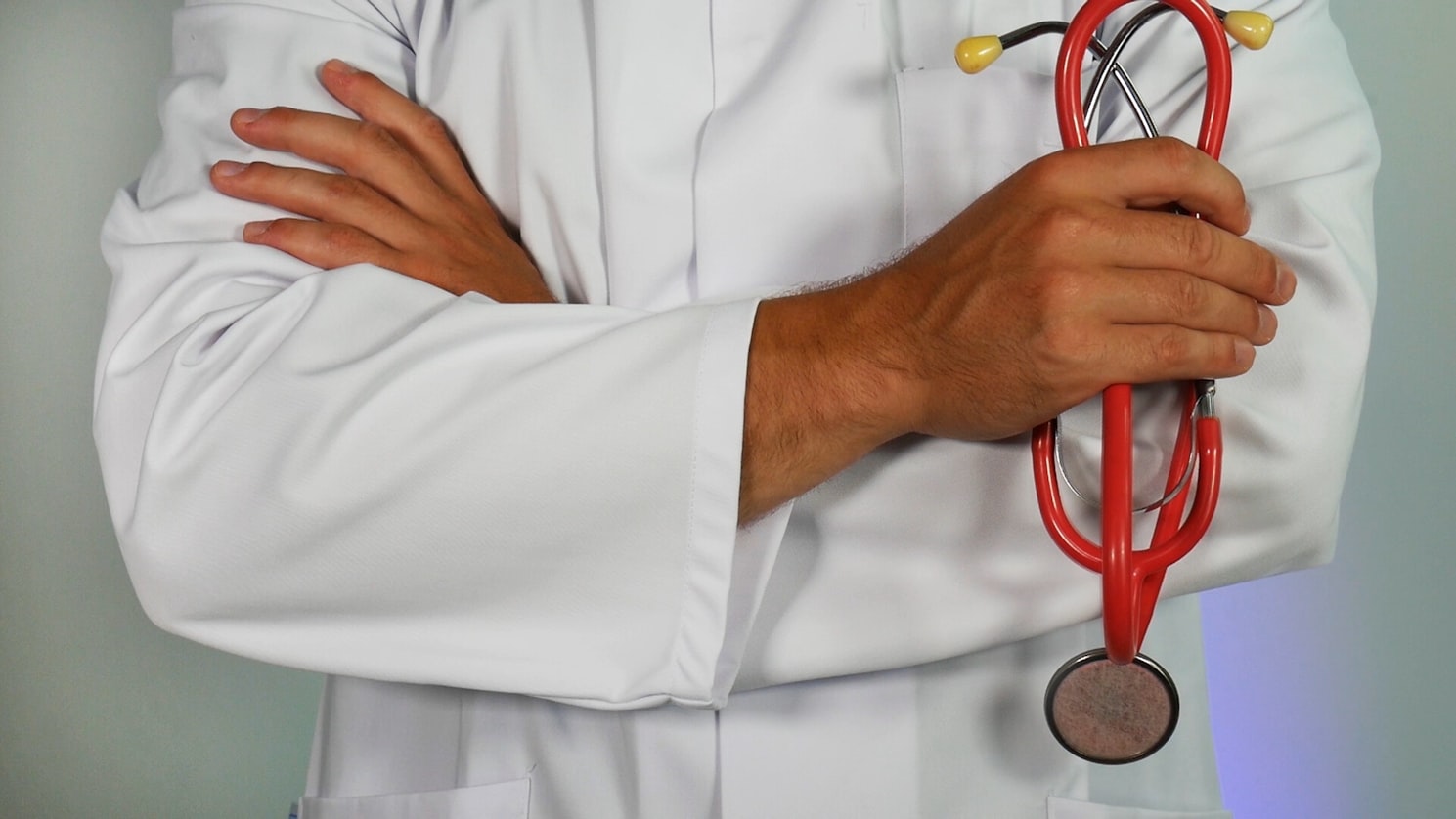The City of Greater Geelong Council has noted the final Business Feasibility report for the Geelong Museum of Motoring and Industry and the ‘Big Thing’ and given in principle support for both projects.
The museum features a collection of rare and historically significant vehicles, along with artworks, fashion, and artefacts from bygone times.
The collection – which is currently in storage at various sites around Geelong – includes cars from the original Ford Discovery Centre, showcasing the evolution of the motoring industry over the last 100 years, as well as perfectly preserved Model Ts and some of the final Ford models produced in Australia.
One of the last original refrigerators created by local pioneering inventor James Harrison is also part of the collection.
The Big Thing was brought forward as a notice of motion asking the City to investigate options, in response to a competition on a local radio to decide what ‘Big Thing’ Geelong should have.
Discussions have been held with potential partners for the museum, including Deakin University, Ford Australia and the new property owners of the former Ford site on Princes Highway.
This follows Council’s resolution in November 2021 to provide in-principal support to investigate the potential and feasibility of a Geelong Museum of Motoring and Industry and The Big Ford Ute project.
The feasibility study considered five potential sites, before settling on two preferred options: the former Ford Factory site and Seagull Paddock, which requires further consideration by Council.
Seagull Paddock offers potential co-location of the Big Thing and Museum at that site, along with low-cost camping and other possibilities.
However, the report found that there are issues associated with Seagull Paddock, including land contamination, as it was previously a landfill site, and the use of public open space for commercial, not-for-profit enterprise.
Preliminary costings for development of a museum facility range from $8 to $15 million, with a further $3 million required for the ‘Big Thing’.
Associated costs cannot be fully scoped up and developed until a location for the museum is confirmed.
At this week’s meeting Council resolved to:
- provide support to Geelong Museum of Motoring and Industry to pursue a commercial business agreement with the property owners of the former Ford site
- receive a future briefing from officers on the outcomes of negotiations between Geelong Museum of Motoring and Industry and the property owners of the former Ford site
- request the Chief Executive Officer to identify resources to investigate external funding opportunities for both projects, along with a preferred governance model for both projects, including potential Advisory Committee/s and
- refer any requested funding commitments from Council to future budgets for consideration.
Council acknowledged the risk to the importance of the motoring and industrial collection if no action is taken and the need to retain this history and opportunity within Geelong, and the significant benefits the reports have highlighted for tourism, heritage, and economic prosperity.
Mayor Trent Sullivan
Any such development will continue to build on our region’s reputation as a centre for tourism.
The museum would provide an opportunity to promote the history of the motor industry in Geelong, along with caring for a unique and valuable collection and displaying interesting vehicles and memorabilia.
A development of this nature would complement the influx of new visitors to our region since the Spirit of Tasmania operation began using the nearby Corio Quay as its home base.
Deputy Mayor Anthony Aitken
Private and public investment will be the key to seeing this exciting development come to fruition.
Geelong has been a motoring city since Ford began producing vehicles here in 1925, a museum and unique major public art piece the ‘Big Thing’ would properly recognise this well-loved community identity and heritage.
There is still a lot to consider in terms of a major public art piece and a potential site to display the valuable and unique collection, which sits in storage at various locations around Geelong and Melbourne.
I encourage the private and commercial sector, as well as the state and federal governments, to partner with the council and community and consider investing in this project, which the detailed feasibility report confirms will have enormous tourism benefits to the Greater Geelong region.







